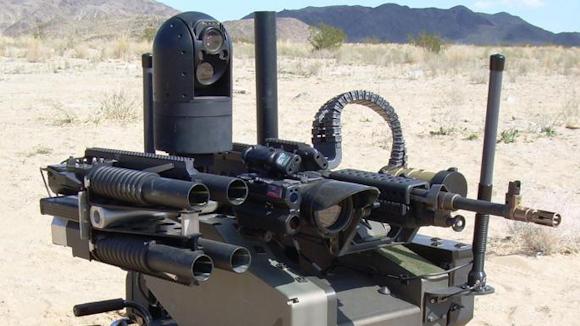More and more often, almost every day, we learn that in some particular sector something new and innovative has been achieved using what is called "Artificial Intelligence" (IA), a discipline that is doctrinally included in computer science but which in reality is based on the convergence, as we shall see, of several other disciplines.
As a preliminary point, it should be emphasized that the AI has produced a real one technological revolution which invests practically every sector of human activities, from the professional to the industrial, from the commercial to the recreational one. Currently, in fact, not only very expensive prototypes are produced, which will still require many years of studies and research to reach a possible use, but also equipment and devices are produced which, in a short time, could already be widely disseminated and thus become a common reality everyday for everyone, such as the so-called "living technology" or the "home automation". Without forgetting the fact that many objects already in common use (eg the mobile phone, not surprisingly called "smartphone"), have long been equipped with IA "units" within it.
Among the many sectors that already make extensive use of the IA, there is, fully, the "Robotics", now understood as a real Discipline in its own right but which makes use of the significant contribution of many other "disciplines" such as robotics engineering, electronics, automation, computer science, cybernetics, telematics and mechatronics.
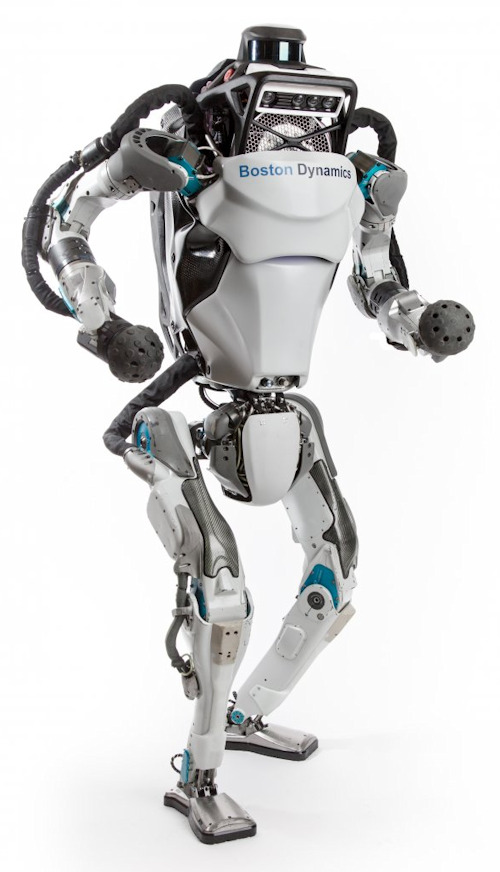 A historical analysis of the phenomenon would be too long and dispersive but it can be reasonably affirmed that the first significant "Robotic-IA" application results occurred in the various aerospace and missile activities already in the 80 years. Leaving aside now, of course, all the numerous and diverse typologies of humanoids relegated for the moment to the world of Science Fiction (Automi, Robot, Cyborg and Replicanti), it is necessary to remember that a Robot (from "robota", Czech word meaning "work heavy ") is basically a machine (with any kind of features, including the human one) able to perform an automated task due to programming. However, if this robot is equipped with an advanced-level AI it may be able to perform its task in total decision-making autonomy without human intervention or control. Incidentally, in this context the concept of "autonomous" (as opposed to "radioguided", "remote controlled", "wire-guided", meaning "semi-autonomous" as the receiver of a form of "remote control") can have two different meanings, or depending on whether a given "equipment" is restricted / subject to a schedule or not. In fact, an autonomous device, however equipped with AI, is able to "continuously" acquire information from the external environment through its own "detecting organs" (its various sensors), to "compare" this information with its enormous baggage of internal data (the "big data"), of "processing" them, or of interpreting and evaluating them correctly, therefore of "thinking" independently (or of deciding) in an unplanned way and finally of "acting" accordingly modifying one's own actions , providing correct reactions to external stimuli on an ongoing basis and in "total decision-making autonomy". This capacity is recognized as a real "form of cognitive capacity" of the equipment itself, which is thus able to manage an external situation that is constantly changing thanks to the use of particular functional structures, such as neural networks, and structures particularly advanced logics.
A historical analysis of the phenomenon would be too long and dispersive but it can be reasonably affirmed that the first significant "Robotic-IA" application results occurred in the various aerospace and missile activities already in the 80 years. Leaving aside now, of course, all the numerous and diverse typologies of humanoids relegated for the moment to the world of Science Fiction (Automi, Robot, Cyborg and Replicanti), it is necessary to remember that a Robot (from "robota", Czech word meaning "work heavy ") is basically a machine (with any kind of features, including the human one) able to perform an automated task due to programming. However, if this robot is equipped with an advanced-level AI it may be able to perform its task in total decision-making autonomy without human intervention or control. Incidentally, in this context the concept of "autonomous" (as opposed to "radioguided", "remote controlled", "wire-guided", meaning "semi-autonomous" as the receiver of a form of "remote control") can have two different meanings, or depending on whether a given "equipment" is restricted / subject to a schedule or not. In fact, an autonomous device, however equipped with AI, is able to "continuously" acquire information from the external environment through its own "detecting organs" (its various sensors), to "compare" this information with its enormous baggage of internal data (the "big data"), of "processing" them, or of interpreting and evaluating them correctly, therefore of "thinking" independently (or of deciding) in an unplanned way and finally of "acting" accordingly modifying one's own actions , providing correct reactions to external stimuli on an ongoing basis and in "total decision-making autonomy". This capacity is recognized as a real "form of cognitive capacity" of the equipment itself, which is thus able to manage an external situation that is constantly changing thanks to the use of particular functional structures, such as neural networks, and structures particularly advanced logics.
We have essentially gone from "non-intelligent machines" that act intelligently (because they are programmed) to "intelligent machines" that act intelligently and without (theoretically) any external interference. Over the last 20 years the IA has been the subject of a very fast technological progress that has allowed numerous applications in the most varied sectors of human activities thanks to the recent very high capacities acquired in the IT and cybernetic field:
- calculation speed (we have moved from 1 operation to the second, in the last century, to 39 million billion operations per second in the 2018);
- computing capacity (number of simultaneous operations);
- very high capacity for data and information storage;
- availability of increasingly sophisticated and precise sensors;
- extensive kinesthesia (ability to use and integrate multiple sensors simultaneously);
- high precision of servomechanisms;
- targeted exploitation of the results acquired in the field of nanotechnologies;
- high cyber security;
- great reduction in energy consumption (with reduced volume and weight of the batteries).
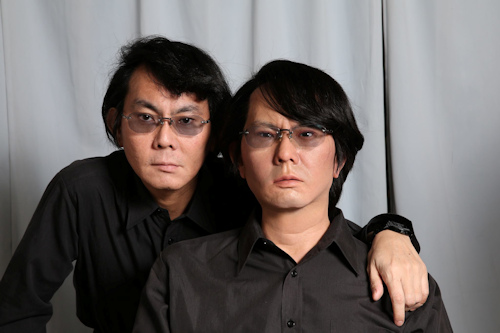 On the merits, not only the large multinational technology companies, such as the famous Western "Big Four" (GAFA: Google, Amazon, Facebook, Apple) or the corresponding Oriental "Big Four" (BATX: Baidu, Alibaba, Tencent, Xiaomi), have invested huge amounts of money in large projects, but also other centers of technological excellence ... and a certain number of industrial structures defined as "high technology" (and of which only the commercial purposes have been deliberately disclosed). In this regard, one cannot fail to mention Japan, which has always been fascinated by the creation of robots with anthropomorphic features, which is realizing a vast range of robot models for the most disparate needs, from the most obvious “robot puppets” (the “ Animatroni ”) to the most sophisticated and impressive Androids (with man-like features) and Ginoids (with women's features) created by the famous prof. Hiroshi Ishiguro (photo).
On the merits, not only the large multinational technology companies, such as the famous Western "Big Four" (GAFA: Google, Amazon, Facebook, Apple) or the corresponding Oriental "Big Four" (BATX: Baidu, Alibaba, Tencent, Xiaomi), have invested huge amounts of money in large projects, but also other centers of technological excellence ... and a certain number of industrial structures defined as "high technology" (and of which only the commercial purposes have been deliberately disclosed). In this regard, one cannot fail to mention Japan, which has always been fascinated by the creation of robots with anthropomorphic features, which is realizing a vast range of robot models for the most disparate needs, from the most obvious “robot puppets” (the “ Animatroni ”) to the most sophisticated and impressive Androids (with man-like features) and Ginoids (with women's features) created by the famous prof. Hiroshi Ishiguro (photo).
As for the military sector, the so-called "Artificial Intelligence Race with war purpose" dates back to the year 2010, the year in which a group consisting of competing 6 nations substantially materialized, namely United States, Russia, Great Britain, China, South Korea and Israel, to which also Japan, the Netherlands, Iran and the United Arab Emirates have been added ... for what they can know at the moment. As a matter of fact, the 27 June 2018 was set up by 1 in June to consolidate its technical-military capabilities in the "IA" context and to counter the considerable progress achieved by other countries. 2019, the "Interforce Center for Artificial Intelligence" (JAIC - Joint Artificial Intelligence Center).
 The idea of being able to send vehicles without human presence on board into battle or being able to employ humanoid robots (or the Androids) instead of soldiers in flesh and blood is certainly not new. Of course we are still far from being able to create tireless war machines to replace or replace humans on the front line or in high-risk war activities. In any case, a big leap forward occurred when it was decided to raise the technological level of the Drones (technically called "Vehicles"), ie those vehicles built to be used, depending on their specific type, in military activities in the sky , on land, or at sea (but also under the surface of the sea) and able to operate without men on board (precisely "Unmanned").
The idea of being able to send vehicles without human presence on board into battle or being able to employ humanoid robots (or the Androids) instead of soldiers in flesh and blood is certainly not new. Of course we are still far from being able to create tireless war machines to replace or replace humans on the front line or in high-risk war activities. In any case, a big leap forward occurred when it was decided to raise the technological level of the Drones (technically called "Vehicles"), ie those vehicles built to be used, depending on their specific type, in military activities in the sky , on land, or at sea (but also under the surface of the sea) and able to operate without men on board (precisely "Unmanned").
Starting therefore from the Drones, properly implemented with the IA, it was possible to create new "Devices" able to "make a decision and act" in a totally autonomous way, that is independently from any remote human control. The new robots with war purposes now have a vast range of typologies ranging from very expensive prototypes with android features to terrestrial, aerial, surface and underwater robotic devices that could already be easily realized on a large industrial scale. Some applications of "military robotics" already provide extremely important tactical performances but, being highly classified in secrecy, they are obviously not fully disclosed. In general terms, however, it can be stated that totally autonomous military robots (without control, with optional control or with control limited only to the action of fire) have four main configurations:
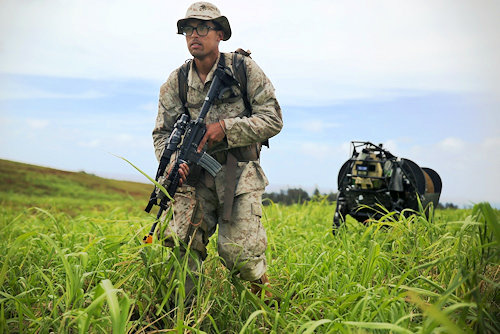 from a normal drone (vehicles, floating aircraft of various sizes with different operational capabilities);
from a normal drone (vehicles, floating aircraft of various sizes with different operational capabilities);- from humanoid robot (with human features, able to make a "war path", facing obstacles, running, jumping and shooting at targets);
- from animaloid robots (with animal features such as sharks, rays, tuna for underwater surveillance or wild cats, bison and mules for transporting both heavy loads such as mortars, cases of ammunition, equipment and more delicate loads such as the wounded);
- with the form considered most functional for the performance of the specific mission (eg the "amphibious reconnaissance sphere", able to float on the sea surface, to move towards the ground and to roll on the beach and on low dunes).
At the moment robots made for military purposes can perform various tasks and perform various missions such as: surveillance, armed surveillance, surveillance, reconnaissance, patrol, mopping, logistic transport, troop "approachers", evacuation of troops and wounded, unused explosive devices , de-mining, activities for the protection of operational forces, control activities, defense of installations and, when necessary or foreseen, the engagement of the enemy with firearms.
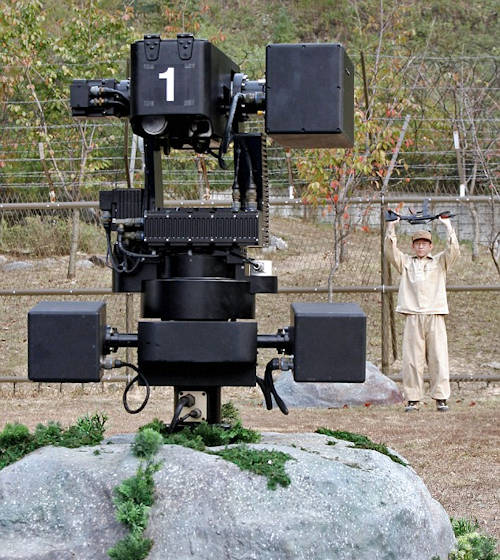 Among the many, the Sentry Gun / Killer Robot "SGR-A1" by Hanwha Aerospace (formerly Samsung Techwin) deserves special mention, profitably employed in South Korea for the control of the border along the demilitarized zone. It is a fixed robot (but there also appears to be a non-advertised mobile version) equipped with many integrated sensors (infrared, thermal chamber, light intensifier ...) able to detect intruders both day and night in the assigned area, giving orders to strangers, carry out the recognition procedures and, if necessary, (following authorization by the operations center on which it depends) open the fire with a Daewoo K3 machine gun (cal. 5.56x45mm.) and / or with a multiple launcher Milkor MGL (cal. 40x51mm). Basically, the fact of making the use of weapons by a robot totally autonomous is no longer a technological problem but almost eminently ethical. Thus the political, legal, moral and philosophical aspects surrounding the issue emerge which inevitably give rise to a series of questions:
Among the many, the Sentry Gun / Killer Robot "SGR-A1" by Hanwha Aerospace (formerly Samsung Techwin) deserves special mention, profitably employed in South Korea for the control of the border along the demilitarized zone. It is a fixed robot (but there also appears to be a non-advertised mobile version) equipped with many integrated sensors (infrared, thermal chamber, light intensifier ...) able to detect intruders both day and night in the assigned area, giving orders to strangers, carry out the recognition procedures and, if necessary, (following authorization by the operations center on which it depends) open the fire with a Daewoo K3 machine gun (cal. 5.56x45mm.) and / or with a multiple launcher Milkor MGL (cal. 40x51mm). Basically, the fact of making the use of weapons by a robot totally autonomous is no longer a technological problem but almost eminently ethical. Thus the political, legal, moral and philosophical aspects surrounding the issue emerge which inevitably give rise to a series of questions:
- you can employ an intelligent robot in battle and make it decide, in full autonomy, whether to open fire, and kill, based solely on parameters, on ethical criteria, on the rules of engagement, on the laws of war and on the laws of humanitarian law stored in a reference memory?
- what actions are conceivable to avoid war crimes and to what extent lethal use of force is authorized?
- in case of reaction to a threat, should its decision-making process favor an immediate reaction or a deliberate reaction?
- What criteria can be used so that it is possible to be able to discriminate, by the robot, a human being "fighting" from a "non-combatant" human being?
- if caught, could the robot be reprogrammed by the enemy or by terrorist organizations?
- in case of capture, the robot can understand that it has been captured and self-destructed to avoid being "reproduced and perfected" by the enemy through "reverse engineering"?
- it is conceivable to foresee that the robot, precisely “non-human” (and therefore with little possibility of appealing to a sense of humanity), can be equipped with software that acts as an “ethical and moral moderator” (as established by the "3 laws of robotics" formulated by Asimov)?
- in which operational theaters and in what types of missions could they be used as "prized assets" instead of the military?
These questions can be provided with the right and complete answers only if the many "boundary topics" will be adequately examined in the appropriate forums and by serious professionals, civil and military, able to develop the technological and operational aspects without forgetting the ethical and moral aspects .
Rev. Admiral Marco Bandioli
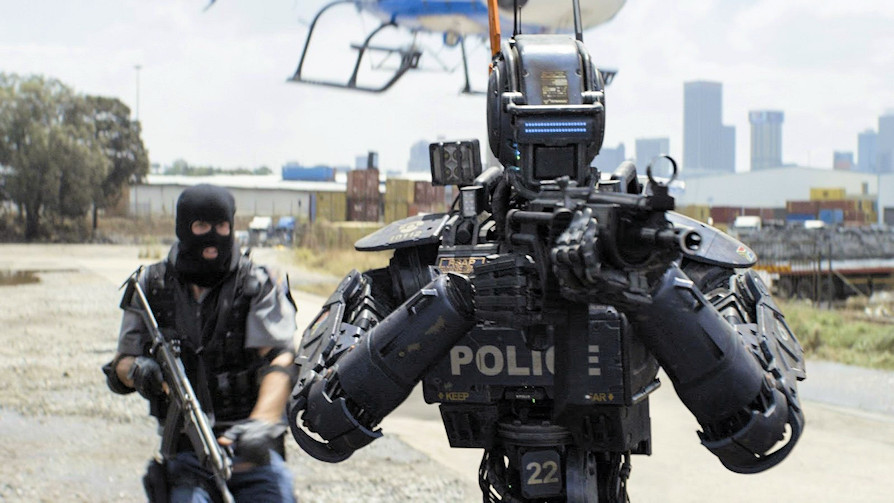
Photo: web / Boston Dynamics / film frame "Humandroid"

